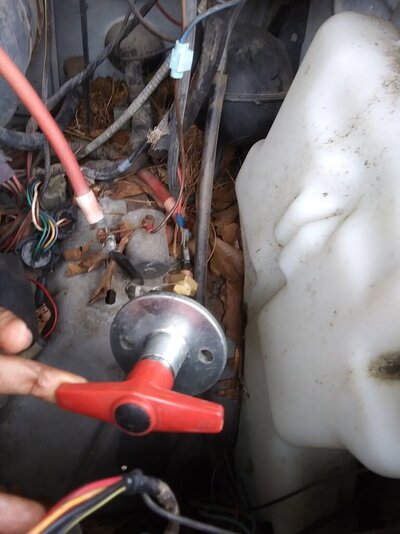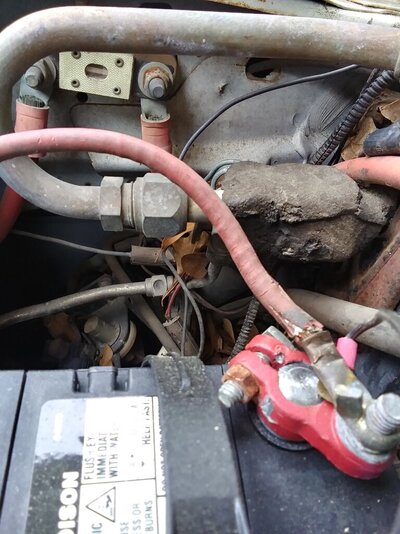toneandrox
Active member
-Chassis info: Ford Econoline E350 460 engine V8
-It is a carburetor and uses gas
-Looks like previous owner removed mechanical fuel pump and replaced with electrical pump
-When vehicle is idling it will run forever without issues, even if I rev up engine
-When I start to drive, shorter distances now, it will sputter and gradually lose power until it shuts off. Early on it would start back up quickly, now it has to sit awhile before it will start .
-It appears to be more of a problem on inclines.
-We changed oil, radiator fluid, oil filter. We haven't changed the fuel filter yet because it is stuck in place and we need to get it off.
-We checked the fuel pump relay and it clicks when ignition is in the on position but the female connector to the fuel pump relay is dirty inside and we see some moisture in the connector. We were able to clean the connector a little. The relay appears to work because it clicks.
-There is a solenoid near the battery that we have to tap sometimes to get the vehicle to start, but I don't know if that solenoid would cause the vehicle to cut off once the vehicle is running.
-There is also a modification switch on the right side of the radiator that we are not sure what it is or how to tell it is in the on or off position. I attached a picture of that switch. It attaches to that little cylinder and then 2 large cables run to what appears to be a fuse and then runs to the battery. I've attached a pic of the little board/fuse the cables run to.
Any help is appreciated.
-It is a carburetor and uses gas
-Looks like previous owner removed mechanical fuel pump and replaced with electrical pump
-When vehicle is idling it will run forever without issues, even if I rev up engine
-When I start to drive, shorter distances now, it will sputter and gradually lose power until it shuts off. Early on it would start back up quickly, now it has to sit awhile before it will start .
-It appears to be more of a problem on inclines.
-We changed oil, radiator fluid, oil filter. We haven't changed the fuel filter yet because it is stuck in place and we need to get it off.
-We checked the fuel pump relay and it clicks when ignition is in the on position but the female connector to the fuel pump relay is dirty inside and we see some moisture in the connector. We were able to clean the connector a little. The relay appears to work because it clicks.
-There is a solenoid near the battery that we have to tap sometimes to get the vehicle to start, but I don't know if that solenoid would cause the vehicle to cut off once the vehicle is running.
-There is also a modification switch on the right side of the radiator that we are not sure what it is or how to tell it is in the on or off position. I attached a picture of that switch. It attaches to that little cylinder and then 2 large cables run to what appears to be a fuse and then runs to the battery. I've attached a pic of the little board/fuse the cables run to.
Any help is appreciated.


